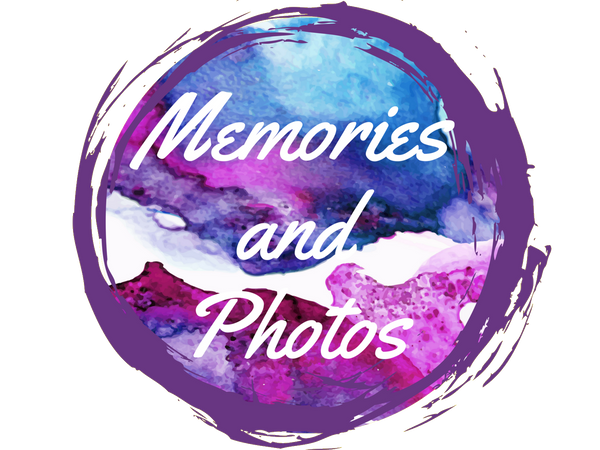November 2023 wk3 Scrapbook page layout

Creating visual flow in your scrapbook layouts: guiding the eye through designs
One ingredient for a successful scrapbooking layout is guiding the viewer's eye through your design in a harmonious manner. If you look at guest scrapbooker Melinda's layout above, you'll see how the eye can scan across the layout from one side to the other easily.
Creating a visual flow in your scrapbook layout can greatly enhance the impact of your creations. The key to a successful layout lies in the balance between various design elements and the careful consideration of how they interact to guide the viewer's eye.
Let’s have a look at some tips and techniques to help you lead the readers eye through your scrapbook layout.
Start with a focal point
Every scrapbook layout should have a focal point – a central element that captures the viewer's attention and sets the tone for the entire page. The focal point could be a photo, a prominent embellishment, or a meaningful quote. Once you've chosen your focal point, design your layout around it, ensuring it is easily identifiable and stands out.
Create a visual hierarchy
Establish a hierarchy of importance within your layout. This can be achieved through variations in size, colour, and placement. Generally, your focal point will be the largest and most prominent element, with other supporting elements arranged around it. This hierarchy helps guide the viewer's eye from the focal point to other significant details.
Use Lines and Shapes
Incorporate lines, shapes, and patterns into your design to direct the viewer's gaze. Diagonal lines, for example, can create a sense of movement and guide the eye across the page. Arrows or directional embellishments can also be used to point towards your focal point or other key elements. Ensure that lines and shapes are balanced and complementary to your overall design.
Balance and symmetry
Balance is essential in creating a visually appealing layout. Distribute the visual weight evenly throughout the page by placing elements in a balanced manner. Symmetry can help achieve this balance, but don't be afraid to experiment with asymmetry for a more dynamic look. Balance ensures that the viewer's eye doesn't linger in one place for too long but continues to explore the entire layout.
Contrasting colours
The use of contrasting colours can be a powerful tool for creating a visual flow. Bright, contrasting colours draw the eye and provide natural paths for it to follow. Ensure that your colour choices complement your overall theme and do not overwhelm the viewer.
Whitespace
Whitespace, or negative space, is as important as the elements you place on your page. The use of whitespace allows the eye to rest and helps create a sense of flow. It also enhances the focal point's visibility by providing a visual buffer around it. Don't overcrowd your layout; give each element room to breathe.
Typography and text placement
If you include text in your scrapbook layout, pay attention to the placement and formatting. Text should be easy to read and integrated into the overall design. Utilize font sizes, styles, and colours to emphasize important messages or titles. Place text in a way that complements the visual flow and does not disrupt it.
Gestalt principles
Consider the Gestalt principles of perception, which describe how the human brain naturally organizes visual information. Principles like proximity, similarity, continuity, and closure can help you arrange elements to create a smooth visual flow. For instance, place related elements close together and use the principle of continuity to guide the viewer's eye through a sequence of photos or elements.
